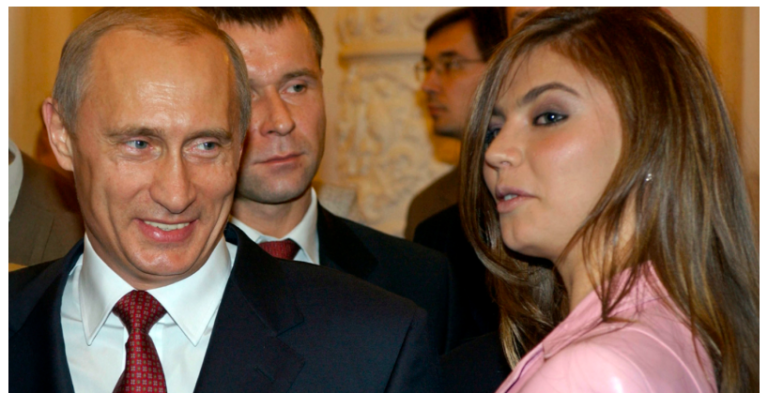By 25 May the world was learning of the Italian populist parties’ plans to form a coalition government. This would ditch the ideological divide of left vs right while unifying the country’s north and south and its populists and the nationalists against a long history of technocratic governments and European Central Bank demands.
Over the next 48 hours, a combination of foreign politicians, foreign capital and foreign media descended upon Italy to demand the Italian people’s choices in voting for the right-wing League and the left-wing Five Star parties were dismissed. And indeed they were dismissed. The Financial Times called the coalition ‘the modern barbarians’, while the German press called the Italian people ‘less grateful than beggars’. I was reminded of the moment when Hillary Clinton first called Trump supporters ‘deplorables’. We see the same thing happening all over the world.
Against this backdrop, President Sergio Mattarella batted away the coalition government’s plan to appoint an outspoken Euro-sceptic, Paolo Savona, as finance minister — it was too much for the European Central Bank to swallow. Mattarella received plaudits from the likes of Emmanuel Macron, without irony, for defending ‘democratic stability’ by rejecting the will of the Italian people.
Meanwhile, the Italian populists were cobbling together new plans to thwart Matterella’s attempt to install yet another technocratic prime minister in the form of International Monetary Fund executive Carlo Cottarelli, nicknamed ‘Mr Scissors’ for his obsession with austerity measures.
I was there to watch the drama unfold at the Raphael Hotel in the heart of Rome. My colleagues and I turned the rooftop restaurant — from which Bettino Craxi effectively ran Italy’s socialist government in the 1980s — into our offices for a week. Populist-nationalist leaders from across Europe came to visit as we immersed ourselves in a stare-down between the democratic forces of the League and Five Star and the democratic rejectionists of the political elite.
We held meetings with representatives from the Alternative für Deutschland party, the League, Five Star, the Brotherhood of Italy, the Catholic Party for the Family, and Louis Aliot from the Rassemblement National in France (formerly Front National). All the brothers came to Rome. It’s hard not to feel like we’re on the right side of history.
These are the real figures driving change across Europe. People like Beatrix von Storch and Alice Weidel in Germany. People like Armando Siri and Matteo Salvini in Italy. And people like Viktor Orban and his team in Hungary. They are redefining democracy in Europe. It is a contagion that has spread across to the United States and come back around again.
These ten days shook the world. But they were precipitated by the ten years that came before. It has been a decade since the catalyst of all this: the 2008 financial collapse which directly led to the 2010 Tea Party Revolt in the United States. The everyman was getting crushed, losing everything, while the political and financial elites who had brought about the crisis were subjected to almost no repercussions.
You have to be willfully blind not to see it. The 2014 midterm elections in the USA, the European Parliament elections of that year, the Brexit movement, the election of President Trump: the same thread runs through all of these events. Those who own stocks or assets have experienced an epic ten-year run since, built upon the backs of those who haven’t had a real-terms pay rise in a decade, whose communities have been fundamentally changed by the mass importation of cheap labour and deportation of factories and jobs, and whose sons and daughters have served on the front lines of thankless foreign wars.
From my recent European trips across Switzerland, France, the Czech Republic, Hungary and Italy, one thing is clear: people on both the ‘left’ and ‘right’ feel that they have been the punchline of a long-running joke by the Party of Davos.
In Budapest, I met Orban, who has repeatedly rejected the European Union’s notion of ‘liberal democracy’ or, as some have begun to recognize it, democracy without the demos. He is a towering figure in Europe right now: the Hungarian prime minister effectively chased George Soros and his Open Society Foundations out of Budapest. After years of malign influence on European and US politics, Soros’s chickens are coming home to roost, and where better than in his birthplace of Hungary to watch it all go down?
Orban himself recently achieved a huge election victory in his nation, campaigning on what he calls Christian democracy. Of course, the charge is always made, per Trump and per Brexit, that Orban is somehow a ‘Putin stooge’. And sure enough, right on cue, on the tenth day after Italy’s new populist government began to come together, George Soros went on stage to insist that the League leader Matteo Salvini was himself a Putin stooge. There is a great chasm of difference between being a ‘Putin stooge’ and recognizing, as President Trump does, that there are far more urgent and malign influences in the world that need immediate redress: China, Iran and Turkey to name but three.
At the invitation of its director Dr Maria Schmidt, I visited Budapest’s Terror Museum — a testament to the horrors of torture, war and political oppression committed in the names of two totalitarian ideologies: Nazism and Communism — which Orban himself opened in 2002. Everything about this places screams: ‘We know how bad the Russians can be’ — something I also understand from serving in the US Navy in the 1970s and 1980s.
I return now to Washington DC, where the Russia bogeyman still looms large. But I am secure in the knowledge that whether in France, Germany, Italy, Hungary, Sweden, and most recently in Slovenia, the ‘deplorables’ are fighting back — and winning.
Source: spectator
Ask me anything
Explore related questions





